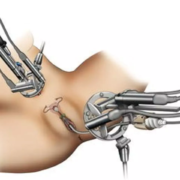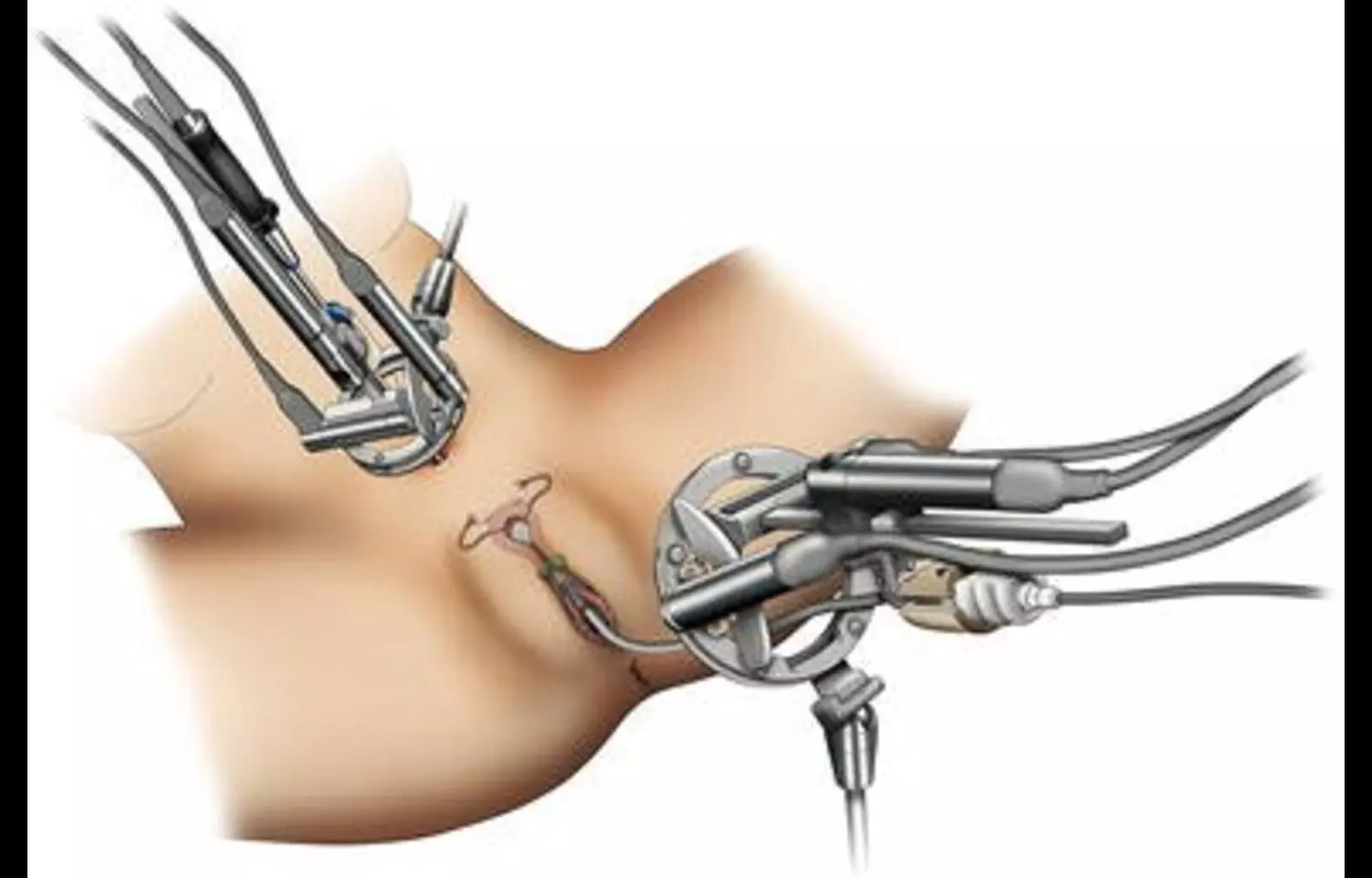CT Imaging Found More Accurate for Assessing Bone Density in Diabetes Patients, claims research

A study published in Skeletal Radiology suggests that CT imaging may offer a more accurate evaluation of bone mineral density (BMD) in individuals with diabetes compared to traditional methods. Among over 1,000 participants, those with diabetes particularly with reduced kidney function showed higher baseline vertebral BMD and significant increases over time. The study was conducted by Elena G. and colleagues.
The longitudinal assessment used 1,046 subjects with vertebral BMD data available from chest CT scans on Exam 5 (2010–2012) and Exam 6 (2016–2018). Diabetes status was defined according to American Diabetes Association guidelines, and subjects with prediabetes (impaired fasting glucose) were excluded to ensure that group comparisons remained clear.
Volumetric BMD estimates were derived from a validated deep learning-based algorithm that segmented the trabecular content of thoracic vertebrae. Researchers applied linear mixed-effects models to estimate the rate of change in BMD over time and tested the interaction between kidney function, as determined by estimated glomerular filtration rate (eGFR), and diabetes status. On the basis of the interaction, the group performed stratified analyses with an eGFR cut-point of 60 mL/min/1.73 m² to separate preserved and impaired renal function.
Key Findings
-
Diabetic participants had greater baseline vertebral BMD than non-diabetic participants:
-
202 mg/cm³ versus 190 mg/cm³.
-
After a median follow-up of 6.2 years, diabetes participants had an increased BMD at a rate of 0.62 mg/cm³ per year (95% Confidence Interval [CI]: 0.26, 0.98).
-
In those with diabetes and compromised kidney function (eGFR < 60), the rate of increase in BMD was significantly greater (1.52 mg/cm³/year (95% CI: 0.66, 2.39)).
-
By contrast, diabetic patients with maintained kidney function (eGFR ≥ 60) exhibited a less pronounced increase (0.48 mg/cm³/year (95% CI: 0.10, 0.85)).
Overall, this research was able to show that vertebral BMD does actually increase over time in patients with diabetes, specifically in those who have decreased kidney function, displaying a paradox between fracture risk and BMD values in these patients. These findings indicate that standard BMD tests may not accurately be used to determine skeletal health in diabetic patients. Future studies should aim to combine bone quality measures, microstructure analysis, and long-term fracture incidence to design more precise risk stratification instruments specific for the diabetic patient.
Reference:
Powered by WPeMatico








